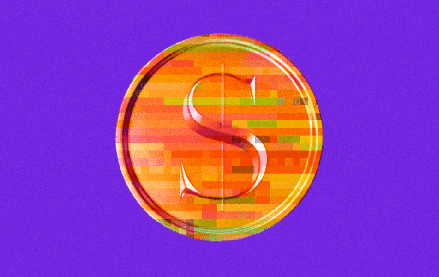Get honest, in-depth coverage of media, marketing and TV, delivered to your inbox daily. Sign up for the Digiday Daily Newsletter here.
Swiss tabloid Blick is bullish on Google’s hosted mobile webpages initiative, known as AMP.
For the last four months, the publisher has been formatting content from its news, sports and entertainment verticals for the search engine’s faster-loading-page initiative. It’s having the desired effect: Blick’s AMP pages load in 168 milliseconds, whereas on Blick’s mobile site, the article content loads within 2.35 seconds. With ads in the equation, this slows it down even further to 13 seconds.
AMP is pulling in 800,000 monthly pageviews, but Blick expects this to increase dramatically as it rolls it out to the rest of the site.
“In four weeks, we’ll have 50 percent AMP traffic, 50 percent mobile traffic,” said Björn Beth, head of SEO at Blick publisher Ringier, at Digiday’s Publishing Summit in Lisbon. “As AMP is hardly cannibalizing with regular mobile site traffic, we really need to start considering that AMP will be a new Blick Platform, in particular for Search users,” he said. Where some publishers might format a few AMP pages to entice new readers with speedy page loading and then link back to their own mobile site where they can more easily monetize readers, Blick is seeing this as its own ecosystem. “Hopefully this will take over our mobile site,” he told Digiday.

AMP traffic is eating Blick’s regular mobile traffic, but Beth doesn’t see this turning into an an over-reliance on Google’s algorithm, partly because the initiative is open-source but also because users are engaging with it: It’s finding twice as many people are clicking on its AMP pages than its mobile pages.
And as pageviews have grown, so has revenue. Beth estimates AMP is bringing in 50,000 Swiss Francs ($49,500) a month (at 5 cents per impression).
So far the publisher is only using static image ads on AMP, although it supports other formats like video and sticky ads, but Blick is wary of ruining the user experience. “For our advertisers, AMP is still a tiny percentage of traffic so the focus is still on the desktop sites. There’s not much demand for it yet, so we need to really push this.”

And as a new platform, it’s attracting new audiences: 80 percent of Blick’s AMP readers are new visitors, and 20 percent are returning visitors. As such, the bounce rate for Blick’s AMP articles are between 80 and 90 percent. Arguably, this is because people have more brand loyalty visiting direct sites, while AMP strips out much of a publishers branding. Still, for news brands whose goal it is to be first, the initiative is a no-brainer.
The next stage is implementing a navigational structure on AMP to convert these fly-by readers into those who will stay for longer or sign up for newsletters, increasing the time on site and lowering the bounce rate.
“People searching on Google don’t want to go to a particular brand,” said Beth. “They want to get the answer to their question and then move on.”
More in Media

How creators are using generative AI in podcasts, videos and newsletters — and what advertisers think about it
Here’s a look at how some creators are leveraging generative AI to create video, audio and written content — and whether or not that’s a turn-off for advertisers.

Buzzfeed, News Corp and New York Times push back on tariff fears in earnings calls
Publishing execs pushed back on tariff and macroeconomic climate fears in Q1 2025 earnings calls, expressing confidence that their businesses would grow this year.

Digiday+ Research: Publishers’ subscription revenue is up this year, and they’ll focus on growing it even further
Subscriptions is one area where publishers are seeing more revenue, and, in turn, ramping up their plans to strengthen that part of their business in the coming months.





